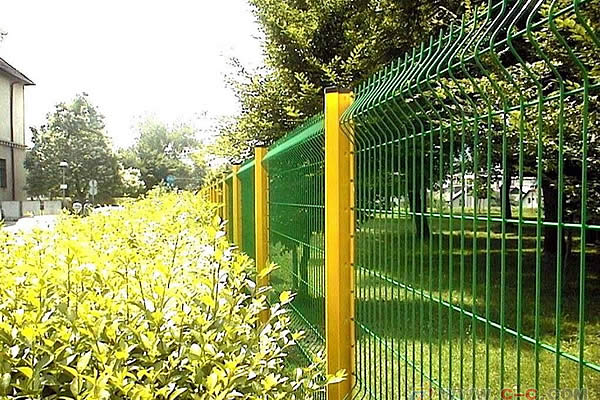Chain fences are an integral part of residential and commercial property security, providing a crucial barrier that enhances safety while maintaining visibility. However, like any other aspect of property infrastructure, chain fences are not immune to wear and tear. Therefore, understanding the nuances involved in efficient chain fence repair is paramount to maintaining their functionality and extending their lifespan.

Chain fence repairs often start with a comprehensive assessment of the damage. Typically, common issues include rusted or corroded sections, broken chain links, sagging fences, or loose posts. Whether dealing with environmental impacts or structural failures, addressing these problems promptly can prevent minor issues from evolving into full-scale replacements.
From a product perspective, it's essential to recognize the materials and tools necessary for effective chain fence repair. The basic toolkit includes pliers, a fence stretcher, tension bars, a ratchet, wrenches, and replacement chain links or fence sections. Quality materials are vital; using galvanized or stainless steel parts can help combat corrosion and extend the lifespan of the repair. Furthermore, exercising caution to choose products that blend with the existing fence ensures that the repaired sections do not stand out aesthetically, maintaining uniformity and appeal.

Undertaking chain fence repair demands a level of expertise and knowledge. The process begins by addressing the most visible structural problems, like sagging. This issue often stems from loose tension in the fence or faulty fence posts. To rectify this, start by removing the wire ties from the fence's top rail and using a fence stretcher to eliminate slack. Simultaneously tightening the tension bands will ensure the fence resumes its taut, upright position.
When wires are rusted or broken, replacing those particular sections is crucial. This involves unclipping the worn section and replacing it with a new piece of comparable material. Cutting the replacement wire to the precise size and securing it with tension bars and wire ties guarantees the fence remains secure in the long term.
chain fence repair
Equally important in the repair process is understanding the authority of structural standards and local regulations related to fence height, materials, and property boundaries. Ensuring your repairs comply with these standards not only enhances the structural integrity of your fence but also maintains legal compliance, preventing potential disputes with neighbors or local authorities. Checking local building codes and homeowners' association regulations should be an integral step before initiating repairs.
Reliability and trustworthiness are achieved through consistent, high-quality repairs and maintenance practices, thereby improving property security and aesthetic appeal. Regular inspections of your chain fence are a preventative measure that allows you to address potential problems before they necessitate more intensive repairs. Frequent checks for loose wires, rust, and stability of fence posts are part of an effective maintenance strategy.
Furthermore, employing professional repair services can dramatically increase the trust in the repair process. Specialists possess a wealth of experience and tools necessary for more complicated repair tasks, ensuring the longevity and durability of the fence. With professional services, repairs are done more efficiently and often come with warranties, providing peace of mind regarding future fence integrity and durability.
In conclusion, chain fence repair involves a blend of timely problem-solving, use of quality repair products, and compliance with structural regulations. Whether DIY enthusiasts or those opting for professional experts, maintaining expertise in repair procedures ensures that chain fences continue to serve their purpose effectively, embodying both utility and serviceability. Ensuring these repairs are completed with precision and care builds authority and trustworthiness in any property’s overall security system, achieving both function and aesthetic expectations for years to come.
 TEL:
+86-13102802206
TEL:
+86-13102802206
 Email:
fencenetting@china.com
Email:
fencenetting@china.com
 Language
Language
 TEL:
+86-13102802206
TEL:
+86-13102802206
 Email:
fencenetting@china.com
Email:
fencenetting@china.com
 Language
Language



